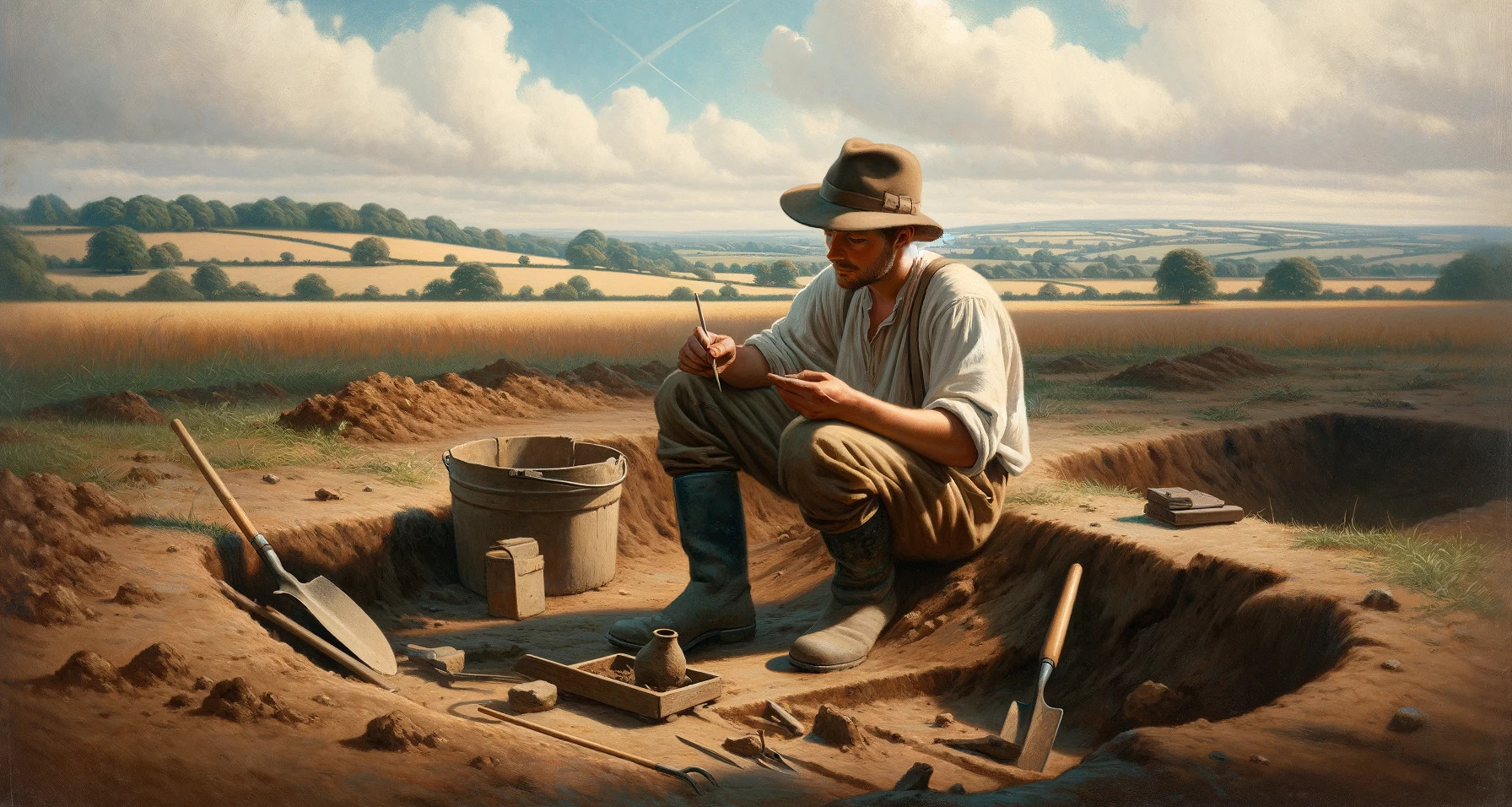Archaeology, a vital branch of anthropology, is akin to time travel without the need for a time machine. It is the scientific study of human activity through the recovery and analysis of material culture. The archaeological record includes artefacts, architecture, biofacts or ecofacts, and cultural landscapes. Every discovery, whether it’s a coin from ancient Rome or a tool from prehistoric times, is a tangible connection to our past.
Uncovering Evidence: A Meticulous Process
The process of excavation, a primary method in archaeology, is much more than just digging up artefacts. It involves careful planning, surveying, and recording. Archaeologists meticulously unearth layers of earth, each telling a story from a different era. They use various techniques, such as GIS (Geographic Information Systems) and remote sensing, to identify and interpret the context of their finds.
Interpreting the Past: The Importance of Context
Archaeology is not just about finding objects, it’s about understanding how they fit into the broader picture of human history. The context in which an object is found is often more informative than the object itself. This context includes its location, the position relative to other finds, and its layer in the soil. By reconstructing the environment and circumstances in which these objects were used, archaeologists gain insights into the daily lives, cultures, and even the thoughts of ancient peoples.
Deriving Unbiased Conclusions
One of the most crucial aspects of archaeology is the interpretation of findings. This is where the integrity of archaeology is truly tested. Archaeologists must approach their findings without preconceived notions or biases. The interpretation of archaeological data should be based on evidence and not influenced by the personal beliefs or cultural biases of the researchers. This unbiased approach ensures that the conclusions drawn are as accurate and objective as possible, providing a true reflection of history.
Carbon Dating
Carbon dating, also known as radiocarbon dating, is a revolutionary method used in archaeology and geology for determining the age of organic materials up to about 50,000 years old. This technique hinges on the decay of carbon-14, a naturally occurring isotope, as it reverts to nitrogen-14 at a constant rate. One of its significant benefits is the ability to date artefacts and remains with a relatively high degree of precision, providing insights into historical timelines and the ages of archaeological finds. Carbon dating has been instrumental in mapping out the chronology of human history, from the age of ancient manuscripts to the timing of Neanderthal existence. However, it does have limitations. Its accuracy diminishes with the age of the sample, becoming less reliable for materials over 50,000 years old due to the decreasing levels of carbon-14. Additionally, contamination of samples, either through environmental factors or human handling, can skew results. Furthermore, it can only be used to date organic materials, leaving out a vast array of archaeological finds that do not contain carbon. Despite these limitations, carbon dating remains a cornerstone method in unravelling the mysteries of our past.
The Relevance of Archaeology Today
Archaeology’s importance in today’s world cannot be overstated. It provides us with a unique perspective on human history and culture. It helps us understand how our ancestors lived, what they believed in, and how their actions shaped the modern world. This understanding can foster a deeper appreciation of humanity’s shared heritage and diverse cultures. Furthermore, archaeology plays a critical role in preserving historical sites and artefacts, which are invaluable resources for education and cultural enrichment.
In Conclusion
In conclusion, archaeology stands as a vital gateway to fathoming our collective past, weaving the narrative of human history through its discoveries. A crucial tool in this endeavour is carbon dating, which has revolutionized the way archaeologists date organic artefacts, offering a window into the chronology of human existence. This method, despite its limitations, significantly enhances the accuracy and depth of historical interpretation. By maintaining an unbiased approach in interpreting these findings, archaeologists ensure the stories unearthed are as authentic as possible. As we continue to excavate and analyse relics of bygone eras, we gain not only a richer understanding of our origins, but also invaluable insights that illuminate the path forward for humanity. Archaeology, therefore, is not just about unearthing relics, it’s a critical discipline that shapes our comprehension of the human journey, anchored by tools and understandings that bring comprehension to our reconstruction of the past.
